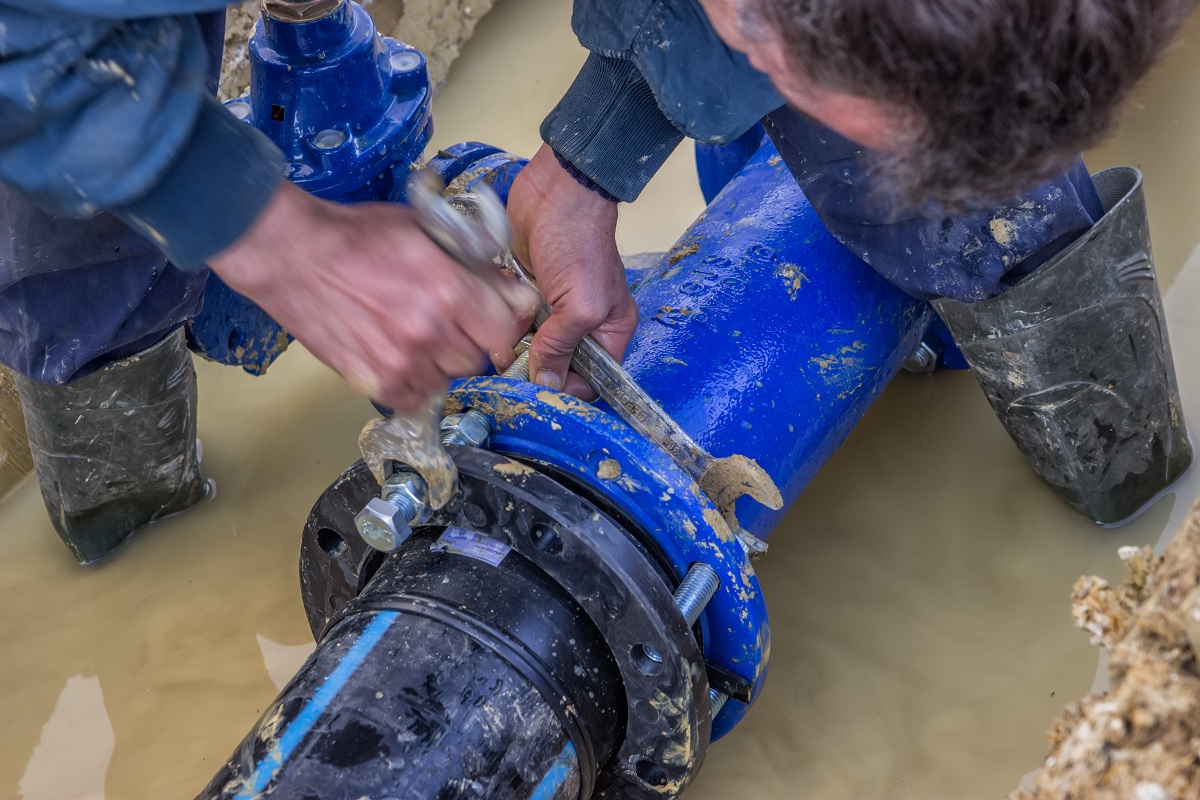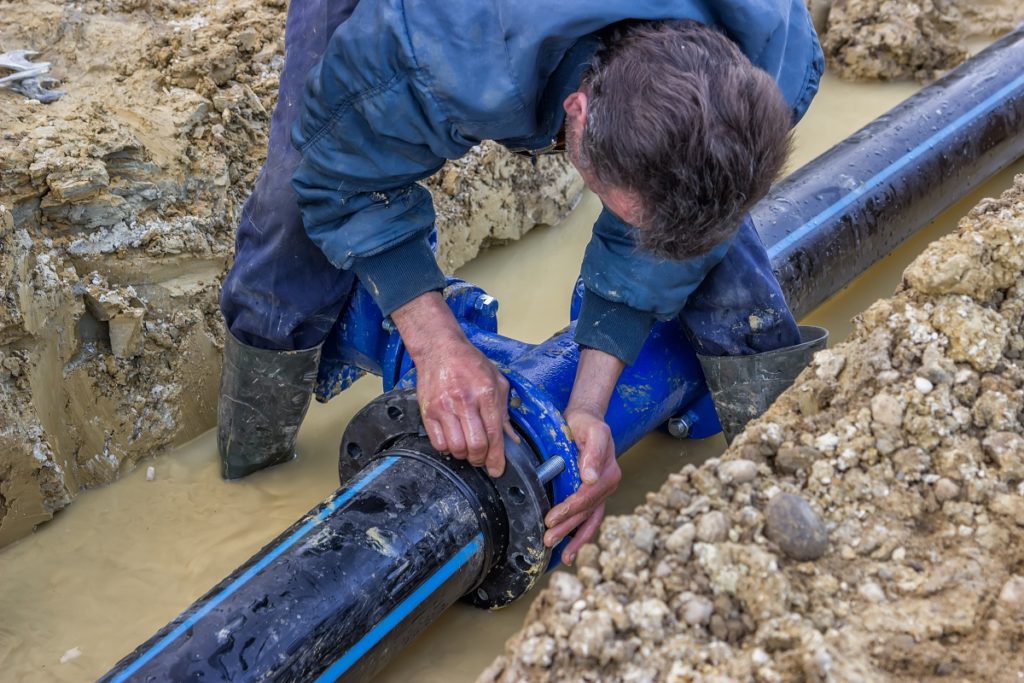Almost all utilities in your commercial and residential property will rely on pipework and cables. Even so, you do not expect your property to be riddled with exposed pipes and wires that would not only pose a tripping hazard but also affect its look. To this end, cables and pipes are generally installed out of the way in places that would still not affect their operation.
Underground installation is the ideal solution. Other than underground drainage or pipe fittings to connect the bends and different pipes in your drainage systems, you will also need ducting. Pipe ducting wraps around the pipes to protect them from damage caused by continued weathering and tampering from people and animals.
It also ensures the smooth flow of materials through the pipes. Twin-wall ducting is the popular choice amongst industries. It comprises two HDPE pipes that have been welded together. The inner pipe’s walls are smooth to allow the unhindered flow of materials while the outer pipe is corrugated to maximise the surface area for your pipe’s protection.
The following are a few tidbits to answer some of the questions you might have on twin-wall ducting.
How Do You Install a Twin-Wall Ducts?
The trench and backfilling technique is the best option for the installation of twin-wall ducting. You will first dig a trench based on your pipe’s specifications before the pipe is laid evenly on the bed. The trench is then side and backfilled using gravel with sizes of about 50mm per stone.
This trench is finally covered using topsoil up to ground level. The ideal practice when using twin-wall ducting is to minimise bends as much as possible, so that flow through the pipes is unhindered.
What is the Right Size of Twin-Wall Ducting?
The ideal size of twin-wall ducting primarily depends on your intended use. In small drain fields, driveways, and gardens, a perforated twin-wall of 110mm or 150mmwill suffice. For highways, a twin-wall duct of 150-600mm is ideal.

Even so, the ideal specifications of your twin-wall duct are also dictated by different building regulations.
Are Twin-Walls and Land Drains Interchangeably Used?
In most cases, these two products have the same uses. Even so, twin-wall ducts and land drains have distinct differences. A twin-wall ducting is rigid and generally has a large diameter. The stiffness allows it to withstand underground movements and impact.
Land drains, on the other hand, are flexible and best suffice for draining large fields and small gardens.
Can Twin-Walls Be Used for Flood Management?
Yes, they can. The large diameters of twin-wall ducting make it suitable for attenuation, marine pipeline, landfills, and flood management. With sizes of 700-3000mm, twin-wall ducting is tough enough to handle the transportation of the raging waters that can cause floods.
With these tidbits, you now well know what to expect when using twin-wall ducting and how to choose the perfect ones for your application. Even so, most local regulations dictate the depth of the trenches when using twin-wall ducts and the ideal colour codes for your application.
Be familiar with these laws before shopping to make the right choices.

